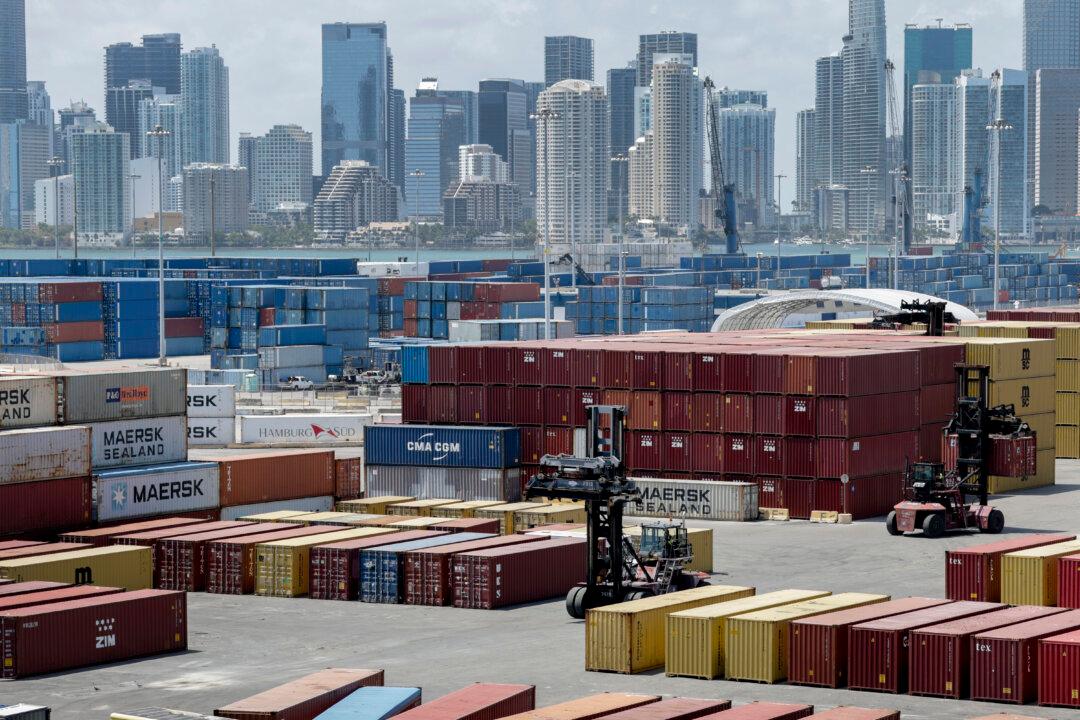A 6.1 magnitude earthquake struck northern Alaska on Aug. 12, hitting a remote area in the state’s North Slope region.
“There are no known or expected human impacts,” said the earthquake center on Twitter. “We'll share info as we put it together.”
The U.S. Geological Survey said the quake hit at a depth of about 6 miles at 6:58 a.m. local time.
Kaktovik, located on the northern Beaufort Sea coast, is the nearest community, and there were no reports of any damage, according to the Anchorage Daily News.
The quake was initially recorded as 6.5 on the Richter scale, but it was revised down to 6.1.
In January, a powerful 7.9 magnitude earthquake off the Pacific Coast triggered a tsunami warning along the state’s southern coast. People in British Columbia, Canada, also got the warning.

Ring of Fire
In 1964, a 9.2 magnitude earthquake that’s now known as the Great Alaskan earthquake or Good Friday earthquake triggered tsunamis, ground fissures, and destroyed structures in Anchorage, the state’s largest city. Dozens of people died in the quake.
The massive quake “caused many large landslides and submarine slumps, which in turn produced destructive local tsunamis at many locations along the Alaskan coast,” the university wrote. “Due to the orientation of the fault that generated the tsunami, the largest waves outside of Alaska, occurred along the northwest Pacific coasts of Canada and the United States.”
Alaska, along with the U.S. West Coast, is located on the Pacific Ring of Fire, a seismically active region that encircles the Pacific Ocean. About 90 percent of the world’s earthquakes are registered in the region, the USGS said.
An earthquake swarm struck off the coast of Northern California and Oregon last month, but no tsunami warnings were issued. A number of the quakes were located around 120 miles from the Gold Beach, Oregon, according to the USGS.
Don Blakeman, a geophysicist at the National Earthquake Information Center, told OregonLive that the strength of the undersea earthquakes hasn’t yet been serious. He added these can occur fairly often.
Tsunamis are not likely until at least a 7-magnitude earthquake is recorded, he told the website.




